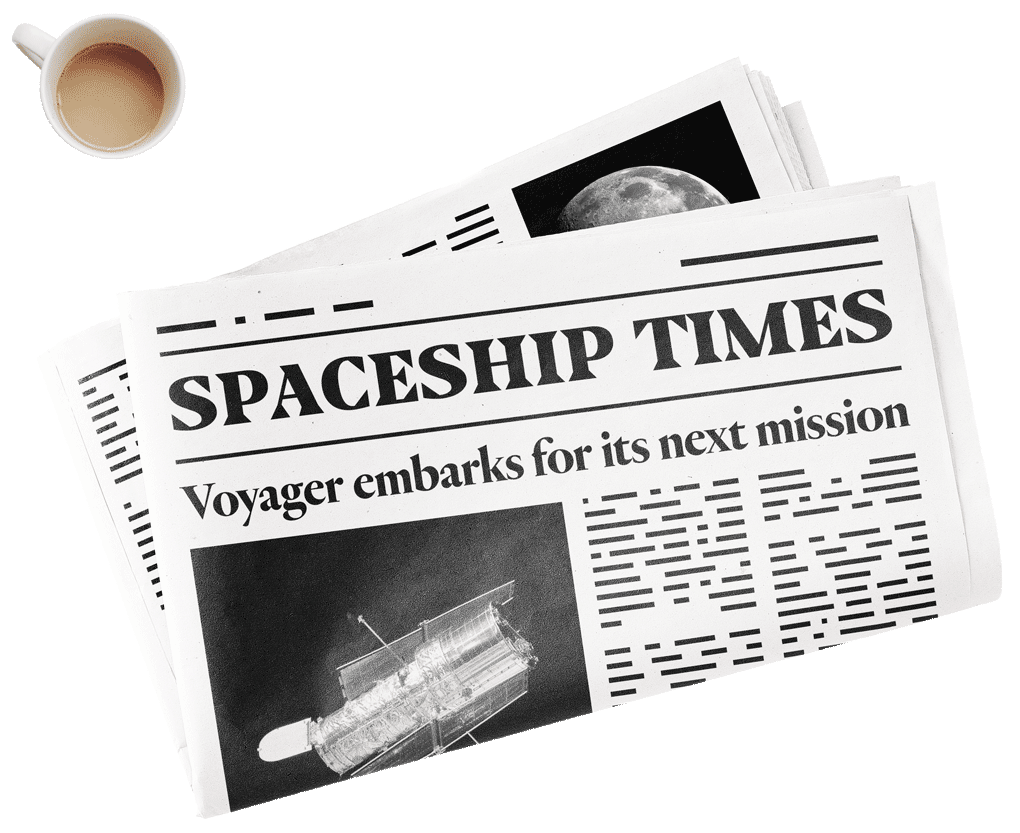An asset is a thing with economic value that someone, a company or a countries owns.
Your car is an asset. Your money printing machine is an asset. If you're Kim Kardashian, your backside is an asset.
You can find a business’ assets on the balance sheet. The balance sheet shows the value of the assets and liabilities of a business at a point in time.
In other words, what a business owns and what a business owes.
Let’s use Amazon’s 2016 figures as an example.[1]
Total assets were $83,402,000,000
Total liabilities were $64,117,000,000
Total equity was $19,285,000,000
What do these numbers mean?
Imagine you are starting a lemonade stand.
To get started you need to buy water, sugar and lemons. You estimate all up the cost will be $20. You have $10 to put into your lemonade venture.
So, you label your $10 as equity. That’s your investment in the business. But you are still $10 short. You ask your friend for a loan of $10. They provide the loan.
That loan is a liability. You go ahead and buy the water, sugar, and lemons.
Water, sugar, and lemons are the assets. So, you have
- Total assets of $20
- Total liabilities of $10
- Total equity of $10
That’s the financial position of your lemonade stand at this point in time.
The exact same thing is true for Amazon, yes there are more items on Amazon’s
balance sheet than your lemonade stand. But the principles are the same.
Breaking down Amazon’s assets
If you look here, there are two broad groupings of assets, namely current assets and long-term assets (also known as non-current assets).
The way assets are distinguished between current and long-term assets is how the assets affect the financial position of Amazon.
Assets summarise what the company owns.
For Amazon, a few example assets would be their warehouses, their delivery drones and the equipment they use to keep track of goods.
Some of those assets are fixed and some are liquid. Fixed assets are long term assets. They cannot be readily converted into cash. Warehouses are likely long-term assets.
Another section in the long-term assets of Amazon’s balance sheet is goodwill.
Goodwill could be investment in research and development or goodwill achieved through a takeover of another business (like the recent Whole Foods Market acquisition).
Goodwill can encompass the valuation that Amazon attaches to the quality of management and the quality of employees that is worth more than what Amazon paid for the business.
How are assets actually valued?
The first thing to understand is book value. What did is cost Amazon to acquire the asset? Then the accumulated depreciation expense is subtracted from the book value.
Depreciation is simply a decrease in the value of an asset. Accountants assume most assets deteriorate in value. The depreciation schedule is how quickly the book value of an asset diminishes over time.
So, the accumulated depreciation expense is simply how much the asset has depreciated over time.
Note on goodwill and intangibles
Goodwill and intangible assets are recorded at the investment purchase price of the assets, then the actual book value is subtracted.
The difference between the purchase price and the book value indicates what the company was prepared to pay to takeover the business and what the actual book value was.
In the Amazon and Whole Foods Market acquisition, Amazon agreed to pay $US42 per share in an all-cash transaction valued at around $US13.7 billion.
This represented a 27% premium between what the stock price was on the sharemarket and what Amazon was willing to pay.
Just like fixed assets, goodwill and intangible assets depreciate over time.
What about current assets?
Current assets are assets that can be readily converted to or are cash. In other words, they are liquid. For Amazon, this could be the inventory they own.
It will also include Amazon’s accounts receivable. As not all customers pay in advance Amazon may provide customers with a credit period. The goods (or services) are sold but the cash hasn’t been received yet, but it will be very soon.
That’s accounts receivable, an asset that is readily converted to cash.
Summary
An asset is what a business owns or controls. They are reported on the balance sheet. Generally, assets are bought or created because businesses believe they will benefit their business. This could be through generating cash flow, reducing expenses, improving sales or any other operational improvement.
Amazon's financials, period ending 31 December, 2016. ↩︎



